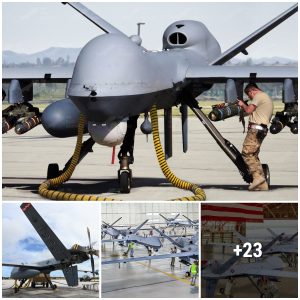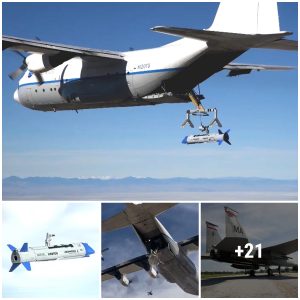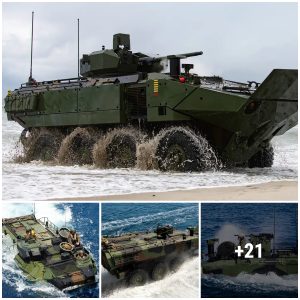Bo-105 was the first light twin-engine helicopter in the world, and the first rotorcraft that could perform aerobatic maneuvers such as inverted loops.

The Bo-105, a light utility helicopter from Germany, is globally recognized for its versatility, performance and safety. It has been and continues to serve both military and civilian purposes since its introduction in the early 1970s. Dozens of different versions have been produced, providing transport, reconnaissance, and even anti-tank capabilities. The militarized version is capable of mounting the HOT and HOT-2 anti-tank missile systems making for a dangerous and adept battlefield solution.
The first flight of the Bo-105 was made on February 16, 1967. It was the first light twin-engine helicopter in the world, and the first rotorcraft that could perform aerobatic maneuvers such as inverted loops. The main production facilities for producing the Bo 105 were located in Germany and Canada; due to the level of export sales encountered, additional manufacturing lines were set up in Spain, Indonesia, and the Philippines. The Bo 105 was formally replaced in Eurocopter’s product range by the newer Eurocopter EC135.

The Bo-105 has a length of 11.86 m, a height of 3 m, an empty weight of 1.27 tons, and a maximum take-off weight of 2.5 tons. It is powered by two Allison 250-C20B turboshaft engines, with 420 hp each. The helicopter can achieve a top speed of 242 km/h, a range of 657 km, a service ceiling of 5,200 m, and a Rate of climb of 8 m/s.
The Bo 105 has a reputation for having high levels of maneuverability. Perhaps the most significant feature of the Bo 105 is its rotor blades and rotor head. The rotor system is entirely hingeless, the rotor head consisting of a solid titanium block to which the four blades are bolted. The rotor blades are made from reinforced-plastic glass-fiber composite material; the flexibility of the main rotor allows for active elements other than rotor pitch changes to be removed, greatly simplifying maintenance and extending blade lifespan.

The PAH-1 is the most famous anti-tank version of this helicopter. Armed with six Euromissile HOT long-range anti-tank guided missiles it could cover behind trees, hills and buildings. Its roof-mounted infra-red sights allows the crew to engage targets at night and in bad weather. Modernization of these helicopters included fitting fire-and-forget type missiles. Most of the PAH-1 helicopters are being replaced with the new Tiger attack helicopter.
Military operators would commonly operate the type at a very low altitude to minimise visibility to enemies, the Bo 105 being well matched to such operations, as the helicopter’s flight qualities effectively removed or greatly minimised several of the hazards such a flight profile could pose to pilots.
Besides the two pilots, the cabin can be configured to accommodate up to three passengers on a single rear bench, which can be removed to make room for cargo or a stretcher, which can be loaded and unloaded via the large clamshell doors located at the rear of the fuselage.
In total, more than 1,500 helicopters have been produced. The West German Army became one of the largest military operators of the helicopter. Police services in Argentina, Canada, Chile, Germany, the Netherlands, South Africa and Spain are also noted.
Bo-105 – An extremely successful helicopter design from Germany:





